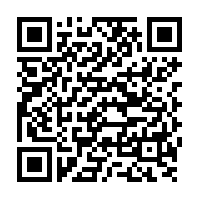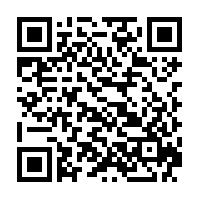The Correct Way to Monitor Your Workout Intensity
Starr Nixdorf, Admin Posted on Mar 13, 2020 03:03 PM

Anyone who exercises regularly wants to make certain that they are monitoring their workout intensity in order to ensure proper progression. Many exercisers will measure intensity by monitoring heart rate and attempting to stay in their target heart rate training zone. Other exercisers will gauge intensity by metrics such as speed or pace. Both heart rate and pace are useful for gauging intensity, but setting target goals for each of these has drawbacks when it comes to progression and overtraining.
Every regular exerciser or athlete will tell you that they have good days and bad days when it comes to training and working out. This happens for a variety of reasons. The heart rate response to exercise tends to be different depending on circumstance. For example, exercising in heat will cause an elevated heart rate response at any given intensity due to blood volume lost through sweating (sweat is simply filtered blood plasma). If blood volume is decreased, the heart then needs to beat faster to deliver sufficient oxygenated blood to the working tissues.
Another reason for varying heart rate responses involves how hard you train from day to day. Undergoing consecutive hard workouts can be taxing on the body, and some recovery time is usually necessary. When we train hard multiple days in a row, certain hormones that promote increased heart rate will remain elevated in the body. This can result in higher heart rates than expected. This can easily happen to exercisers if they are continuously trying to hit speed or pace goals despite feeling tired or overworked.
An excellent solution is to gauge intensity by using a Rate of Perceived Exertion Scale (RPE). This allows for a subjective measure to assess how hard you’re working. The Borg Scale is the most common RPE scale that ranges from 6-20, where 6 is associated with rest or no effort at all and 20 is an absolute maximal effort. Most people will perform aerobic exercise at a moderate intensity of ~12-14 on the Borg Scale. If you feel like you’re getting burned out by trying to workout at a specific heart rate or pace, try gauging intensity by RPE instead, and track RPE from workout to workout. This allows you to tailor your workout to how you're feeling on a given day, and ultimately decreases the risk of overtraining or burnout.
Let’s look at another situation where RPE can be extremely useful: heart rate lowering medications. Many people take medications such as beta blockers that lower heart rate at any given intensity. This can make it difficult to assign target heart rates when exercising. If you utilize RPE instead, you can assign a training intensity without having to account for how the heart may respond to a rate lowering medication.
It should be noted that aquatic exercise can also significantly alter heart rate response. When exercising in water more blood is circulated back to the heart due to the near weightless environment. In other words the heart doesn’t have to work as hard, because it doesn’t have to push blood against the force of gravity. This therefore increases stroke volume - the amount of blood pumped out the heart with each beat. Since more blood is being pumped from the heart with each beat, your heart rate will therefore be slower, even though your muscles may be working equally as hard as they would be on land. The effect is more pronounced as the depth of the water increases. This gives excellent reason to use RPE to gauge intensity, as heart rate response in water can be extremely variable. As a side note, if you’re new to aquatic based exercise, make sure you consult a professional instructor or attend a class before attempting it on your own since it can be quite different from land-based exercise. There are even aquatic-based exercise applications such as Ability Fix that can help guide you through workouts and provide expectations for your exercise response.
When gauging workout intensity it is important to consider many factors. Pace and heart rate can be very useful, however they should be used in conjunction with RPE in order to prevent burnout and overtraining. Make sure that you are tracking your Rate of Perceived Exertion with every workout, and if you find yourself becoming exhausted trying to achieve target heart rate or speed goals slow down and listen to your body.
Copyright © 2025 Ability Fix - All Rights Reserved.





